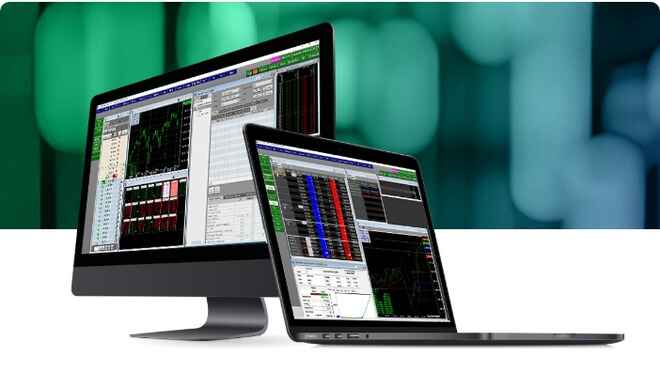Futures trading can be a hobby or side job; however it is not suitable for everyone. If futures trading is something you wish to pursue, it would be a good idea to take a step back to establish your trader profile before moving forward with opening a trading account. Below are trading profile styles to consider what kind of trader you’re going to be based on your time commitment, account size, trade position, and risk tolerance.
Trading Styles
The very rudimentary style of a trader is whether he or she is a speculator/investor or hedger. Speculators and investors are looking for profit on the change in prices. A couple of distinguishing differences between these two traders may be in the type of market traded and the length of time in holding the trade position. Hedgers are transferring risk and are either producers or end users of commodities.
The next layer of trading style comes down to the duration of time you’re going to hold your trade position. There are three primary trading styles most traders fall into:
- Day Trading is for a trader who enters and exits positions in the same day and does not hold any overnight positions. This type of trading is a heavy commitment and very much a full-time job.
- Swing Trading is a style where positions are typically held for days or weeks where the trader is looking to capture short-term market moves. Swing trading is less of a commitment than day trading, and the trading style most traders fall into.
- Position Trading is where a trader will hold his positions for a period of months or years. An investor would be a good example of a position trader. This style of trading will be looking for long-term trends typically found in weekly and monthly charts.
Short-Term Vs. Long-Term Trading
The short-term trader is looking to enter into a position in which the time duration between entry and exit is within a range of a day to a few weeks. Short term traders are either day traders or swing traders using trend patterns in intraday, daily, or weekly charts to recognize limited time opportunities. When the patterns change they will exit their position. Short term trading can be the victim of unpredictable volatility caused by corporate news, government reports and consumer attitudes. To succeed at this strategy, traders must set short term risk and reward parameters once they see an opportunity and need to react quickly when there is an unforeseen event. You have your trading plan in place and have decided to open and fund a commodity futures trading account. Now you need to determine if your trading plan involves short-term or long-term positions.
It is always important to remember, whether you are short-term trader or a long-term trader, to set your risk/reward parameters and make informed decisions so you can stand by your own rules. Long-term traders use the position trading style and may use the same chart patterns as a short-term trader but at longer intervals. This strategy assumes that the present direction of the market will continue far into the future. They will also use fundamental information pertinent to the market of interest that may project what the price of the commodity will be at a later date.
Understanding Risk in Trading
“no risk, no reward”. But just how much are you willing to risk to achieve your anticipated reward? You need to have a plan in place before you initiate your position. Many investors look for the risk-to-reward ratio to be 3:1 before taking the trade. Anticipating your profit will be three times greater than what you are willing to risk. If the risk is larger than the potential reward, it does not make sense to pursue.
Once you have made an educated guess on what the profit potential is for your trade, and you have determined how much you are willing to risk, the buck does not stop there. As important as it is to set your initial parameters, it is essential to have a sound follow-through plan to allow the market to work for you. If you are correct in the market, let the market tell you when to get out. You should be reducing your risk as the trade works for you. Revisit the information that introduced you to the trade, and if you see a continuation of the pattern move your stop accordingly. Never turn a winner into a loser. Just because you were willing to risk “x” amount of dollars when you put the trade on does not mean you should wait for that to happen. The smart trader does not overstay his/her welcome. The smart trader always has a plan and is willing to take a loss if they are wrong the market.
Review Critical Trading Mistakes and How to Avoid Them in RJO University.


